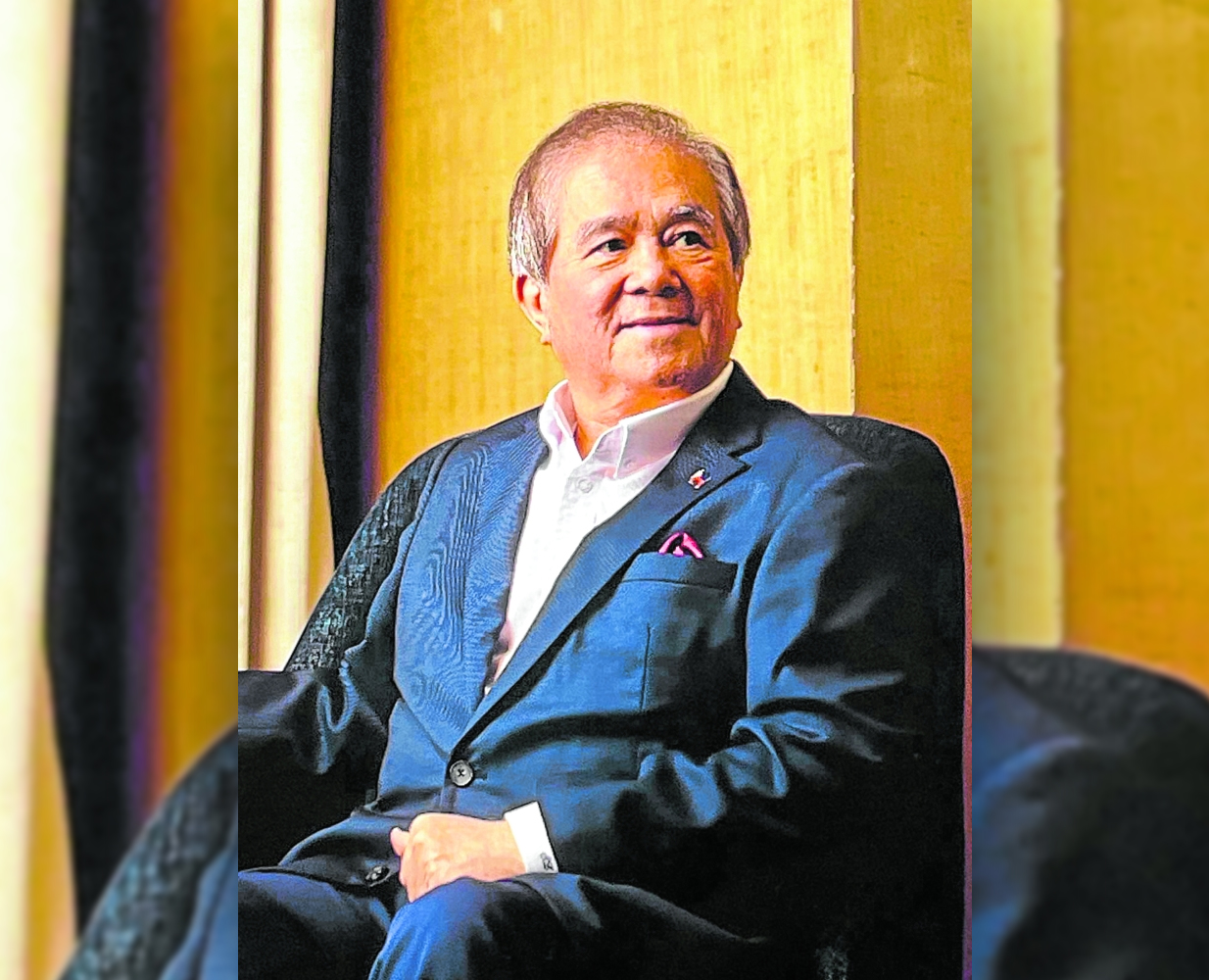Marketing Mother’s Day

Samie Lim is the man who brought the celebration of Mother’s Day to the Philippines. He chairs several companies, including Francorp Philippines, Blim’s Fine Furniture, the Canadian Tourism and Hospitality Institute of the Philippines and Automatic Center. He is also the chair emeritus of both the Philippine Franchise Association and the Philippine Retailers Association.
In this interview, Samie shares the story of how he introduced, evolved and influenced the celebration of Mother’s Day in the Philippines, particularly focusing on the cultural adaptation and marketing strategies behind the movement.
Question: Can you share the story of how you first approached the idea of celebrating Mother’s Day in the Philippines? Was it a challenging process?
Answer: As an idealistic student with high expectations, coming from top schools like San Beda and Ateneo, I was initially disillusioned by the reality of the working world. I had always been passionate about creating something meaningful, but I encountered a harsh environment where the prevalent puwede na, bahala na, pakikisama (that’s good enough, leave it to fate, let’s get along) mentality often led to subpar work being tolerated. This hit me hard when, after presenting a comprehensive development plan for an industry, I was replaced as the leader of a business organization by someone whose leadership was rooted in less productive pursuits like poker and drinking.
That was the last straw for me. I fell into a deep depression, spending nearly three months in bed, refusing to get up, and at times, unable to eat. It was during this period of emotional and physical exhaustion that my mother, wife and sister remained steadfast in their care for me. Their unwavering support helped me rediscover my strength, and it was their love—so selfless and unconditional—that inspired me to create a day dedicated to honoring all mothers.
That was my turning point: realizing the immeasurable love of a mother. It made me think, “What better way to celebrate this love than by giving it the attention and respect it deserves?” And that’s how the idea of institutionalizing a special day for all mothers came to be.
Q: What were some cultural elements you wanted to highlight when introducing Mother’s Day to the Filipino people?
A: Mother’s Day in the Philippines is celebrated uniquely on the second Sunday of May, a timing that aligns with the Catholic influence on our culture. The month of May is known as the Month of Mary, and this connection to the reverence for the Virgin Mary made it the perfect fit for celebrating all mothers. By positioning the celebration during the Month of Mary, we connected Filipino mothers to the sacred symbol of Mary, elevating the celebration beyond just a commercial event. It became something deeply embedded in our culture, where the love and sacrifice of mothers were honored in a meaningful way.
Moreover, the Filipino tradition of Flores de Mayo, a celebration where the community offers flowers to the Virgin Mary, further deepened the cultural resonance of celebrating motherhood during this month. It felt like a natural way to integrate our values of faith, love and family into the celebration of Mother’s Day.
Q: How do you think brands can strike the right balance between celebrating Mother’s Day as a meaningful occasion while also leveraging it for commercial gain?
A: When we began introducing the idea of Mother’s Day in the Philippines, the key was to work with local businesses—restaurants, bakeshops, retailers, franchisors and hotels—to create special offers that resonated with the Filipino family spirit. We encouraged companies to go beyond offering simple discounts and instead create unique experiences. For instance, some restaurants launched special Mother’s Day menus, while others worked with local bakers to create cakes personalized with messages from children to their mothers.
One memorable initiative involved working with local franchisors to provide 100 free meals for select mothers or even donate meals to homes for the aged, where many women had been neglected. This was our way of ensuring that the celebration wasn’t purely transactional, but also socially responsible.
Additionally, I once partnered with the Catholic Church to integrate a special homily honoring mothers and created a space where the public could offer flowers to Mama Mary, symbolizing their gratitude to their own mothers. The goal was to blend commercial success with heartfelt gestures that honored the true spirit of the occasion.
Q: How do you think the meaning of Mother’s Day in the Philippines differs from its celebration in other countries?
A: Filial piety is a universal value, but in the Filipino family, it runs especially deep. The concept of honoring one’s mother is not just a one-day celebration; it is woven into the very fabric of Filipino life. While many countries may focus on sending flowers or cards on Mother’s Day, in the Philippines, it’s a more of a communal celebration. It’s a time when entire families gather to honor the women who have nurtured and cared for them.
Moreover, the Catholic influence in the Philippines provides a unique lens through which we celebrate Mother’s Day. Our reverence for the Virgin Mary as a maternal figure makes the occasion feel sacred, and it elevates the familial experience beyond just a commercial transaction.
The Filipino approach is holistic; it’s a celebration of faith, family and the deep, abiding respect for mothers.
Q: What advice would you give to younger generations about how they can honor and appreciate their mothers beyond just one day of celebration?
A: My advice to younger generations is to recognize that the sacrifices mothers make are not limited to just one day or one gesture. Think about everything mothers go through, starting with the 270 days of carrying their children in the womb—feeding and nurturing them with every meal. That’s over 700 meals of care before their children are even born. If children truly want to show appreciation, they could begin by honoring their mothers in a small, meaningful way, perhaps by treating them to the same number of meals they provided while they were in the womb.
But more than that, it’s about making sure that mothers feel seen and appreciated not just on Mother’s Day, but every day. Simple acts like listening, spending time with them and showing genuine care and affection can go a long way in showing gratitude.
Q: In a time when family structures and traditions are evolving, how do you think Mother’s Day continues to reflect the values that Filipinos hold dear?
A: It’s heartwarming to see the continued importance of Mother’s Day in the lives of Filipinos, even as family dynamics evolve. In today’s connected world, even families that are far apart can come together virtually to celebrate their mothers. I’ve witnessed so many families sharing special moments, even from across the globe, through social media and video calls. One of my most memorable experiences was hearing a mother express her joy after receiving a call from her children who were overseas, wishing her a happy Mother’s Day. This was back when long-distance calls weren’t as accessible as they are today, and hearing her happiness truly highlighted the significance of staying connected with one’s roots and family.
Though the traditional family structure may be changing, the Filipino value of honoring one’s mother remains unwavering. Mother’s Day continues to reflect the strong, enduring bonds that tie Filipino families together, no matter the changes in our modern society.
Josiah Go is chair and chief innovation strategist of Mansmith and Fielders Inc. He is also cofounder of the Mansmith Innovation Awards. To ask Mansmith Innovation team to help challenge assumptions in your industries, email info@mansmith.net.





















